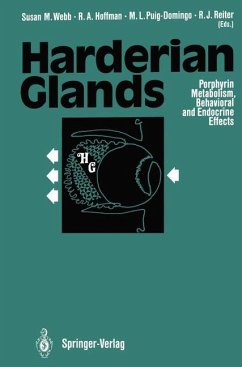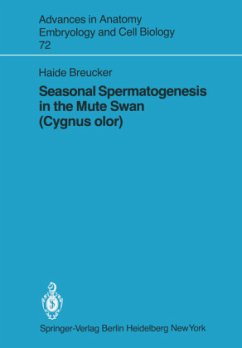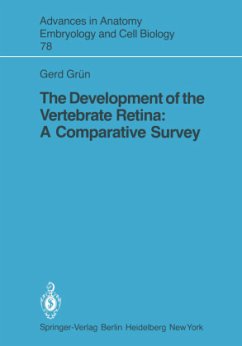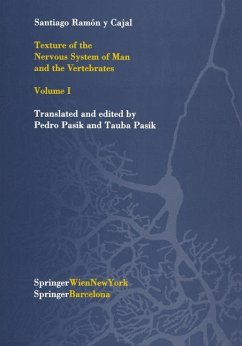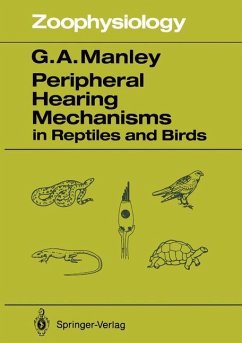
The Brain Stem in a Lizard, Varanus exanthematicus

PAYBACK Punkte
39 °P sammeln!
With the introduction of modern neuroanatomical tract-tracing techniques (e. g. , Heimer and RoBards 1981; Mesulam 1982) and immunohistochemical methods (e. g. , Cuello 1983) powerful tools to study the circuitry of the central nervous system in vertebrates became available. These techniques have also been widely applied in "lower" vertebrates. A major task of comparative neurobiology is to sample the variations that exist in the brains of living taxa and to recognize common morphological patterns and their adaptive significance (Northcutt 1978, 1981). Reptiles, with their great variation in f...
With the introduction of modern neuroanatomical tract-tracing techniques (e. g. , Heimer and RoBards 1981; Mesulam 1982) and immunohistochemical methods (e. g. , Cuello 1983) powerful tools to study the circuitry of the central nervous system in vertebrates became available. These techniques have also been widely applied in "lower" vertebrates. A major task of comparative neurobiology is to sample the variations that exist in the brains of living taxa and to recognize common morphological patterns and their adaptive significance (Northcutt 1978, 1981). Reptiles, with their great variation in form and locomotion, are particularly interesting objects for neurobiologic research. They were the first vertebrates to be truly terrestrial and each reptilian radiation has solved many of the major obstacles to successful land invasion in strikingly different ways (Gans 1974). Among reptiles, the most encephalized species (as regards brain body weight relationship, e. g. , Jerison 1973; Ebbesson and Northcutt 1976; Platel1979) are the dracomorphs (e. g. teiids, varanids and iguanids). The brains of dracomorphs can best be described as the most complex among living lizards with increase in both size and differentiation of most sensory modalities (North cutt 1978). In the present study, the structure and fiber connections of the brain stem of such a highly developed dracomorph, the savanna monitor lizard, Varanus exanthematicus (Fig. 1), are analyzed. The brain stem plays a key role within the central nervous system.






